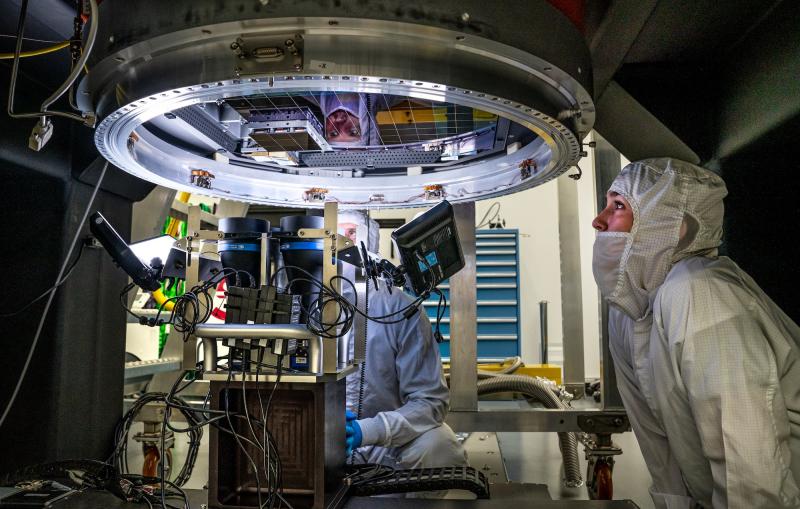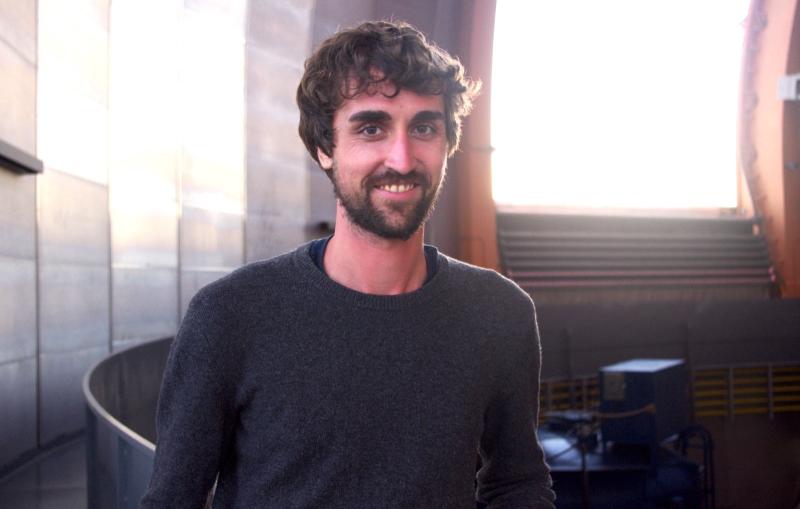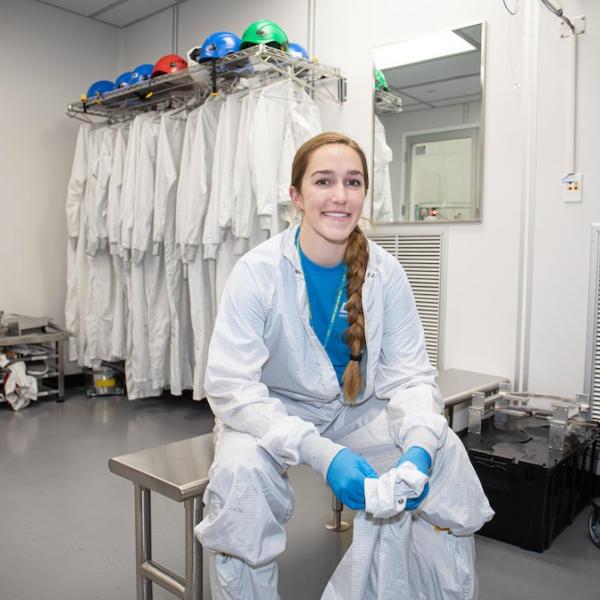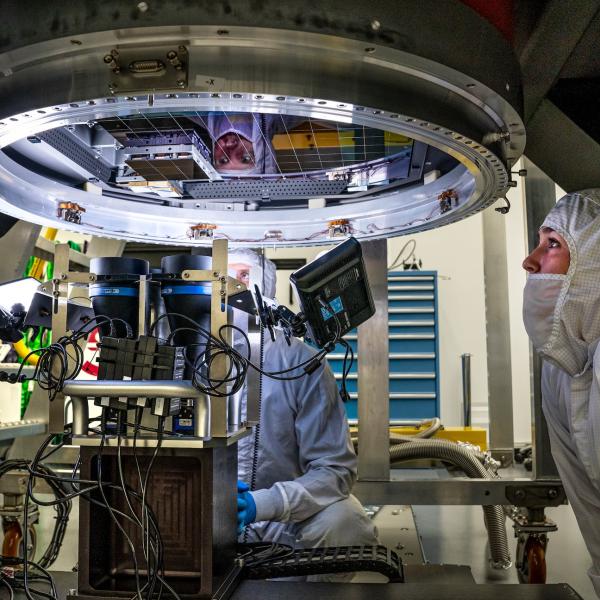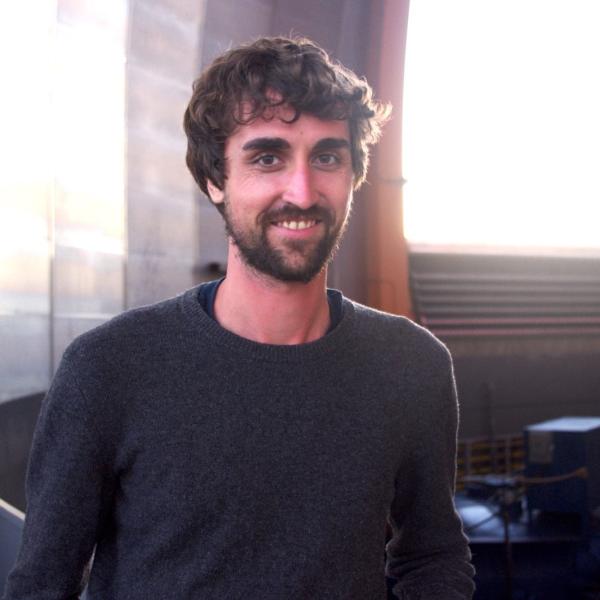

News Feature
VIA Stanford News
Blas Cabrera and Arun Majumdar elected to National Academy of Sciences
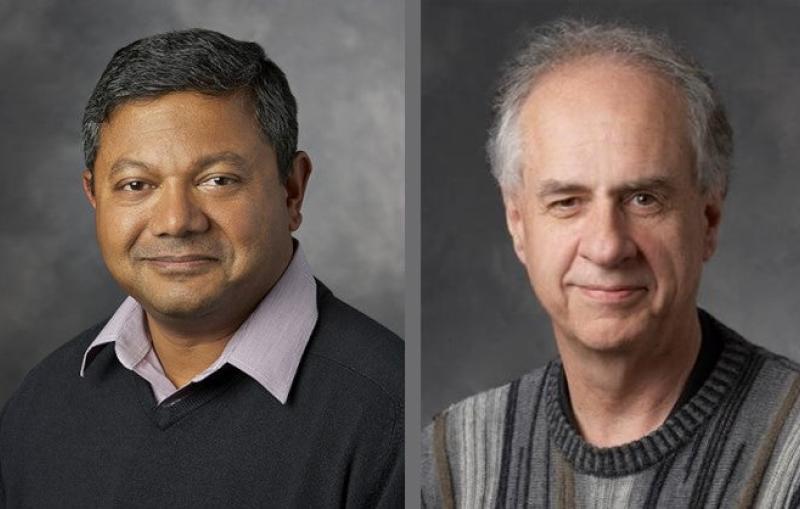


Photograph
The LSST camera integration and testing team is slowly assembling the camera’s focal plane
